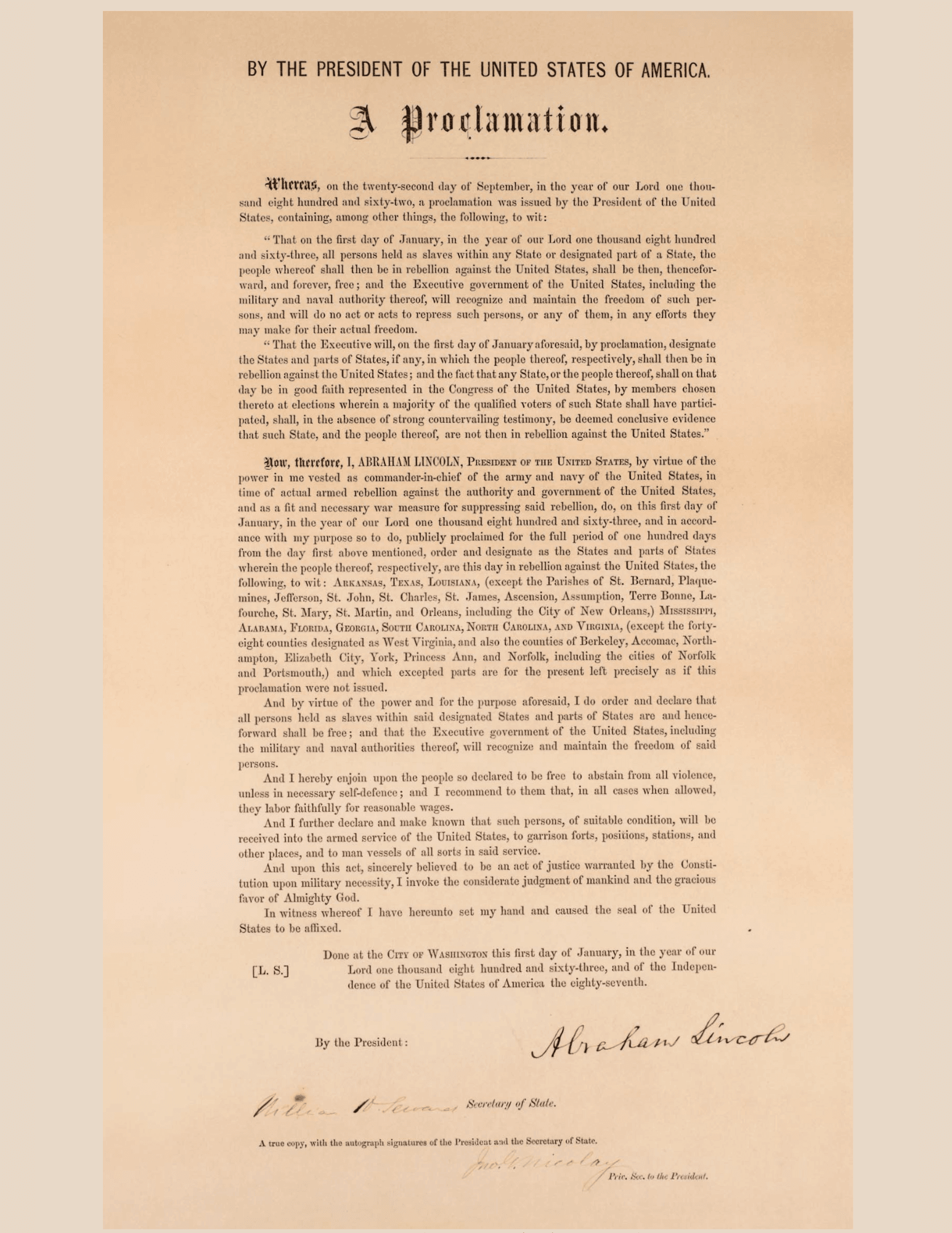Watch Night
The Watch Night tradition in African American history dates back to December 31, 1862, known as “Freedom’s Eve.” On that night, enslaved and free African Americans gathered in churches and homes, anxiously awaiting news that the Emancipation Proclamation would take effect, legally freeing slaves in Confederate states on January 1, 1863. Today, many African American churches continue to hold services on New Year’s Eve, serving as a time for reflection, gratitude, and celebration of freedom and new beginnings.

